Temple de Yonghe Lama - Billets, points forts, heures d'ouverture et conseils


Located in the northeast corner of Beijing, the Yonghe Lama Temple, also known as Yonghe Gong (雍和宫), has a rich history dating back to the Qing Dynasty. In 1694, during the 33rd year of Emperor Kangxi’s reign, the palace was constructed and given to his fourth son, Yinzhen, who later became Emperor Yongzheng. In 1725, the residence was transformed into an imperial palace and named Yonghe Gong. Following Emperor Yongzheng’s death in 1735, his coffin was temporarily placed here, leading to the main halls’ green glazed tiles being replaced with yellow ones, a color reserved for royalty.
Yonghe Gong holds significant historical importance as both Emperor Yongzheng and his son, Emperor Qianlong, were born here. This connection to two emperors bestowed the temple with the designation “Dragon Spirit’s Abode,” a term indicating imperial favor. Consequently, the buildings feature yellow tiles and red walls, mirroring the grandeur of the Forbidden City. In 1744, during the ninth year of Emperor Qianlong’s reign, Yonghe Gong was converted into a Lama temple. The temple was managed by high-ranking officials appointed by the emperor, making it the central hub for managing Tibetan Buddhist affairs across China during the latter part of the Qing Dynasty.
Yonghe Lama Temple is renowned as the highest-ranking Buddhist temple of its time in China. The complex comprises three exquisite archways and five grand halls. From the intricately designed East and West Archways to the ancient East and West Shunshan Buildings, the temple spans an area of 66,400 square meters and contains over a thousand rooms. The architecture of Yonghe Gong is a stunning example of traditional Chinese design, featuring flying eaves and bracket sets that showcase the artistic and cultural achievements of the Qing Dynasty.
Today, Yonghe Lama Temple stands as a vital center for Tibetan Buddhism and a significant cultural heritage site, attracting countless visitors who come to admire its historical, religious, and architectural splendor.
Table des matières
- Informations de base
- Localisation et transport
- Highlights of Yonghe Lama Temple
- Vlog about Yonghe Lama Temple
- Conseils utiles résumés à partir d'études
- Lama temple facts
- Attractions near Yonghe Temple
- Other Temples in Beijing
Informations de base
| Site web | http://www.yonghegong.cn/ |
| Durée estimée de la visite | 1 - 3 heures |
| Prix du billet | Adult: 25 RMB Adolescents between 6 and 18 years old: 12 RMB Seniors over 60 years old: 12 RMB Children under 6 years old or below 1.2 meters: Free |
| Heures d'ouverture | 9.00 – 17.00; Last admission: 16.30 (1st April – 31st October) 9.00 – 16.30; Last admission: 16.00 (1st November – 31st March the next year) |
| Numéro de téléphone | 0086-010-84191906 0086-010-84191907 0086-010-84191908 |
Localisation et transport
Yonghe Lama Temple is located at No.12 Yonghegong Street, in the Dongcheng district of Beijing, China. It is situated in the northeast part of the city, near the Second Ring Road, making it easily accessible by public transportation.
Bus : Take bus 13, 84, 116, or 117, get off at Yonghe Lama Temple (雍和宫), and walk about 50 meters to the south to reach the entrance.
Métro : Take subway line 5, get off at Yonghe Lama Temple, exit from Exit F, and you will be standing at the entrance to the Lama Temple.
En voiture : There is no parking lot near Yonghegong, so we do not recommend you drive yourself there.
Highlights of Yonghe Lama Temple
Yonghe Gate
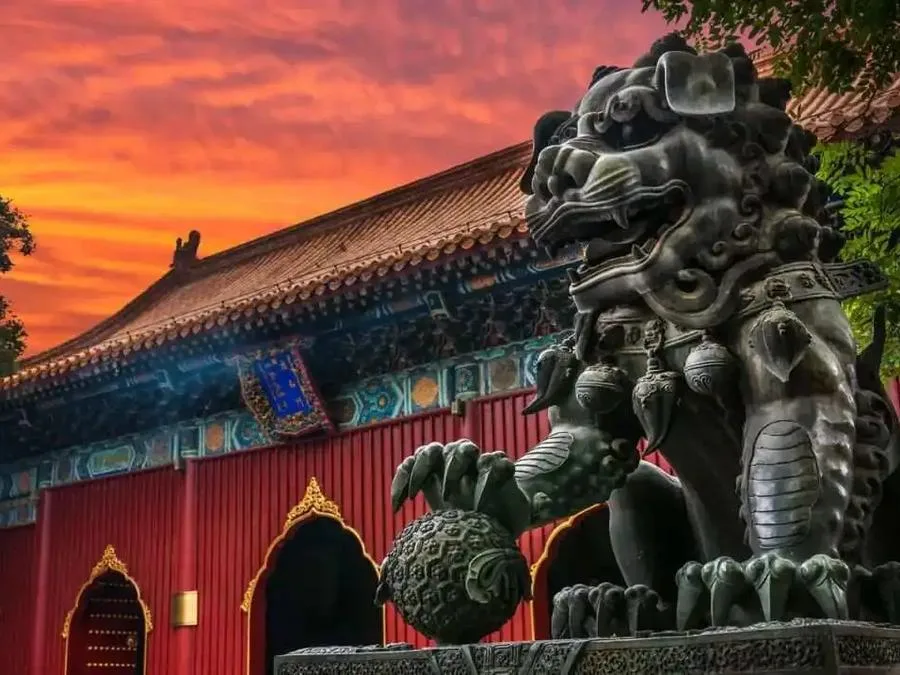
Between two pavilions stands the Yonghe Gate, adorned with a large plaque bearing Emperor Qianlong’s hand-written inscription “雍和门.” Equivalent to the mountain gate and the Hall of Heavenly Kings in Han Chinese Buddhism, this entrance is guarded by lifelike bronze lions. Inside the hall, at the center of the golden throne, sits a smiling Maitreya Buddha statue, bare-chested and jovial. Flanking the main hall on both sides are vividly colored clay statues of the Four Heavenly Kings, standing opposite each other. With their feet trampling demons, these kings symbolize their duty to subdue evil and protect the world. Behind the Maitreya statue is the protector deity Wei Tuo, depicted standing on floating clouds adorned in armor and helmet.
Main Hall of Yonghe Temple

Exiting through Yonghe Gate, visitors encounter a series of features in the courtyard, including bronze cauldrons, imperial steles, a bronze Mount Sumeru, prayer flags, and the main hall of Yonghe Temple. Originally known as the Hall of Silver Peace, the main hall served as an audience hall for Prince Yong to receive officials before being converted into a Lama temple. It now serves as the equivalent of the Mahavira Hall in typical Buddhist temples. Inside, facing north, are three nearly two-meter-tall bronze statues representing the Three Buddhas of the Three Ages. These statues depict Shakyamuni Buddha in the center, Medicine Buddha to the left representing the Eastern world, and Amitabha Buddha to the right representing the Western world. This arrangement symbolizes the omnipresence of Buddhas across space, hence referred to as the “horizontal Three Buddhas.” Additionally, in the northeast corner of the main hall stands a bronze statue of Guanyin, while in the northwest corner stands a bronze statue of Maitreya. Adorning the throne platforms in front of the mountain walls are eighteen Arhats. Flanking the courtyard in front of the main hall are the “Four Learning Halls.”
Yongyou Hall

Located immediately after the Main Hall, the Yongyou Hall features a single-eaved gable and hip roof with a “five-visible, ten-hidden” architectural style. Despite appearing as five separate rooms from the outside, it is actually two sets of five rooms combined into one. During the prince’s residence, the Yongyou Hall served as both his study and bedroom. Later, it was repurposed as an ancestral hall for the Qing emperors. “Yongyou” means eternal blessing for the departed spirits of the emperors. At the center of the lotus throne inside the hall, there are three 2.35-meter-tall Buddha statues crafted from sandalwood. The central figure represents Amitabha Buddha, while to the left stands Bhaisajyaguru, and to the right is Simhanada. Exiting the Yongyou Hall leads to the Wheel Hall, flanked by the Panchen Lama Tower and the Ordination Platform Tower on both sides. The plan of the Wheel Hall resembles a cross, with five skylights and five golden copper pagodas, reflecting traditional Tibetan architectural forms.
Wheel Hall

The Wheel Hall is a harmonious blend of Han and Tibetan cultures. At the center of the hall, atop a massive lotus platform, sits a 6.1-meter-tall copper statue of Tsongkhapa, the founder of the Gelug school of Tibetan Buddhism, with a gentle smile on his face. This statue, sculpted in 1924, took two years to complete and cost 200,000 silver dollars. Behind the Tsongkhapa statue is the renowned Five Hundred Arhats Mountain, considered one of the three masterpieces of woodcarving in Yonghe Lama Temple. Measuring nearly 5 meters in height, 3.5 meters in length, and 30 centimeters in thickness, this masterpiece is intricately carved from rosewood. In front of the Five Hundred Arhats Mountain, there is a basin made of golden-thread nanmu wood, known as the “Three Washbasins.” Legend has it that Emperor Qianlong bathed in this basin three days after his birth.
The Tower of Ten Thousand Blessings

Exiting the Wheel Hall, visitors are greeted by the Tower of Ten Thousand Blessings, soaring 25 meters high with triple-tiered eaves. Flanking it are the Yǒngkāng Pavilion and Yánsuí Pavilion, connected by flying corridors, reminiscent of celestial palace towers, showcasing architectural styles from the Liao and Jin dynasties. Within the Tower of Ten Thousand Blessings stands the majestic statue of Maitreya Buddha, towering 18 meters high with 8 meters buried underground. This Buddha, with a width of 8 meters, is a masterpiece carved from a precious single piece of sandalwood, donated by the Seventh Dalai Lama as a tribute. Legend has it that Emperor Qianlong allocated over 80,000 taels of silver for the carving of this Buddha. This statue is also one of the three masterpieces of woodcarving in Yonghe Lama Temple. Another masterpiece, the Golden-threaded Nanmu Buddha Niche, is located in the east annex of the Tower of Ten Thousand Blessings, known for its intricate carving depicting 99 cloud dragons, each vividly lifelike.
The Bronze Mount Sumeru
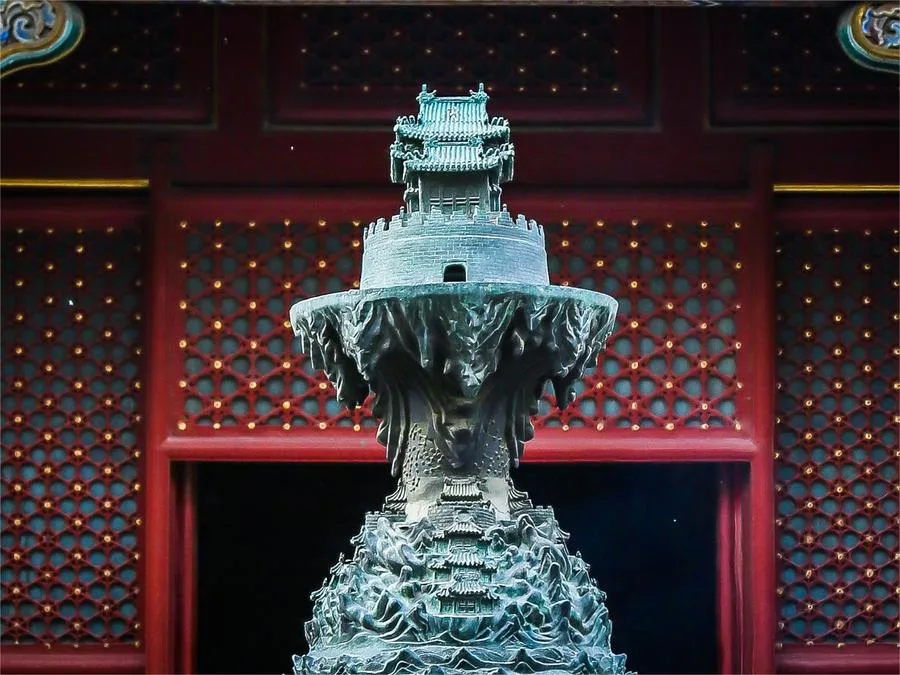
In the courtyard before the main hall of Yonghe Lama Temple, atop an oval-shaped marble base, sits a bronze “Mount Sumeru” standing at an impressive 1.5 meters tall. “Sumeru” is transliterated from Sanskrit and means “excellent and high.” It is a legendary mountain in ancient Indian mythology, believed to be the center of the world. At the summit of Mount Sumeru is “Indra’s Heaven,” beneath which lies a celestial chart depicting constellations arranged according to ancient astronomical observations. It is said that the distribution and markings of these constellations generally correspond to the research findings of modern astronomy. In Buddhism, Mount Sumeru is the tallest mountain in the world, and the realm of Indra’s Heaven at its peak is considered the highest realm, akin to paradise. Because Mount Sumeru is regarded as the “center of the world,” Buddha Shakyamuni often preached and taught here. Many statues of Buddhas in temples and grottoes are seated on “Sumeru thrones,” symbolizing this central significance.
The Wheel of Reincarnation
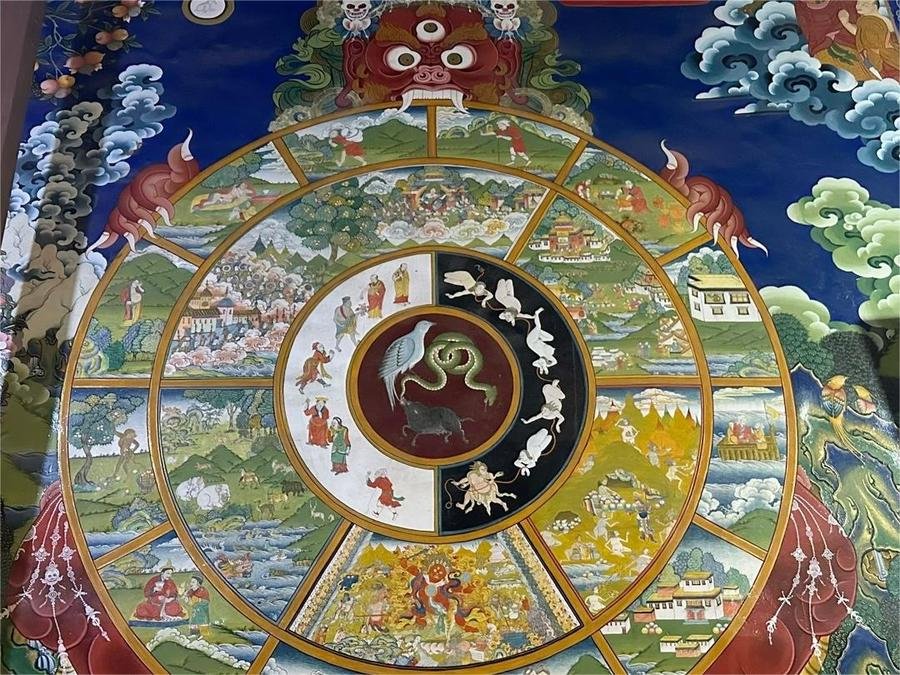
In the east wing of the Tower of Ten Thousand Blessings at Yonghe Lama Temple is the Hall of Illumination, originally a place for Emperor Qianlong’s mother to worship Buddha. Inside, there are two paintings displayed: one depicting the Buddha and the other the “Wheel of Reincarnation.” Buddhism advocates for the equality of all sentient beings, believing that beings are caught in an endless cycle of reincarnation, with equal opportunities in each lifetime. After death, there are six possible “destinations” in the next life: gods, humans, asuras, animals, hungry ghosts, or hell beings. The “Wheel of Reincarnation” depicts a monstrous creature with long claws and three eyes, resembling a black bear, sitting on the ground, holding a large wheel-shaped circle. Various characters and scenes depicting evil deeds such as burning, killing, adultery, deceit, robbery, theft, gluttony, drinking, prostitution, and gambling are painted around the circle. Several streams of air divide the circle into six realms. The first realm shows a magnificent celestial palace surrounded by colorful clouds, representing the “realm of the gods.” The second realm depicts ordinary society with common people, known as the “realm of humans.” The third realm is characterized by chaos and disasters, including wars, floods, fires, and droughts, known as the “realm of asuras.” The fourth realm portrays tortured ghosts, thin and skeletal, undergoing punishment, known as the “realm of hungry ghosts.” The fifth realm shows various animals, including pigs, dogs, cattle, horses, fish, insects, and other creatures, known as the “realm of animals.” The sixth realm depicts hellish landscapes with mountains of knives, icy valleys, and seas of fire, where ghosts suffer torment, known as the “realm of hell.” This painting vividly warns people to refrain from evil deeds and to practice virtuous acts in order to achieve the goal of urging people to do good and avoid evil.
Vlog about Yonghe Lama Temple
Conseils utiles résumés à partir d'études
Dress appropriately: As a religious site, it is important to dress modestly and respectfully when visiting Yonghe Lama Temple. This means avoiding shorts, skirts or dresses above the knee, and sleeveless tops. It is also recommended to wear comfortable shoes as you will be walking on uneven surfaces.
Preparation and Timing: It’s advisable to make advance reservations and arrive early, as the temple tends to get crowded. If you’re not visiting for religious purposes, consider going in the afternoon when there are fewer people.
Incense Offering:
- Upon entering the Zhaotai Gate, you can collect incense from the small windows on either side. Each person is typically given one bundle of incense (you don’t need to bring your own).
- Enter through the side doors after receiving the incense, avoiding the central door. When entering, step over the threshold, not on it, with men entering on the left and women on the right.
- It’s recommended to offer three sticks of incense. Remember that photography is not allowed inside the halls but is permitted for the exterior architecture.
Visiting the Auxiliary Halls: After paying respects in the main hall, you can explore the other halls, each associated with different blessings. For example, the Yonghe Hall is for wealth, the Yongyou Hall is for dispelling calamities, the Wanfu Pavilion is for peace, the Guanyin Cave is for offspring, the Yaoshi Pavilion is for health, and the Wheel of Law Hall is for good fortune.
Lama temple facts
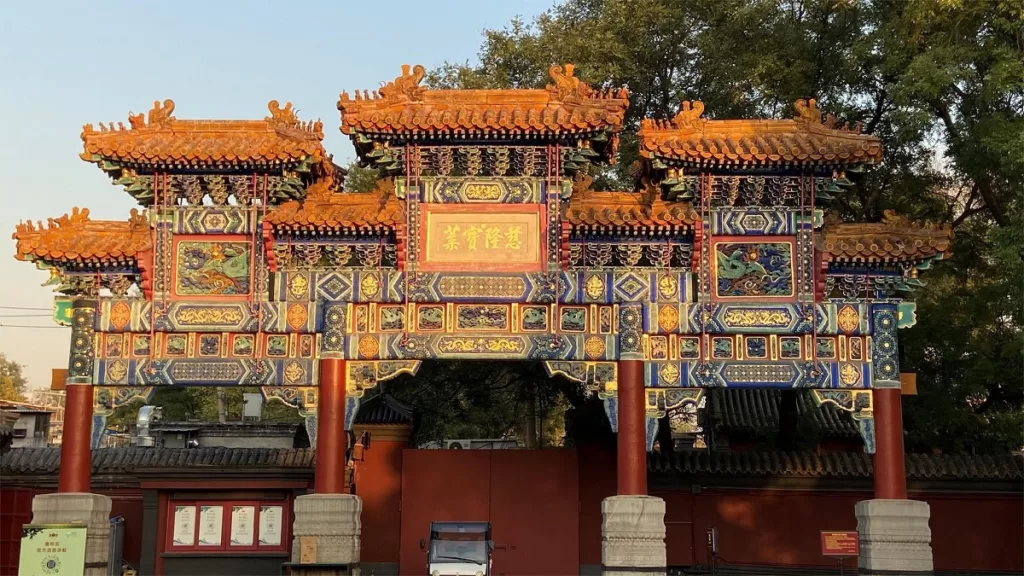
The significance of Yonghe Lama Temple
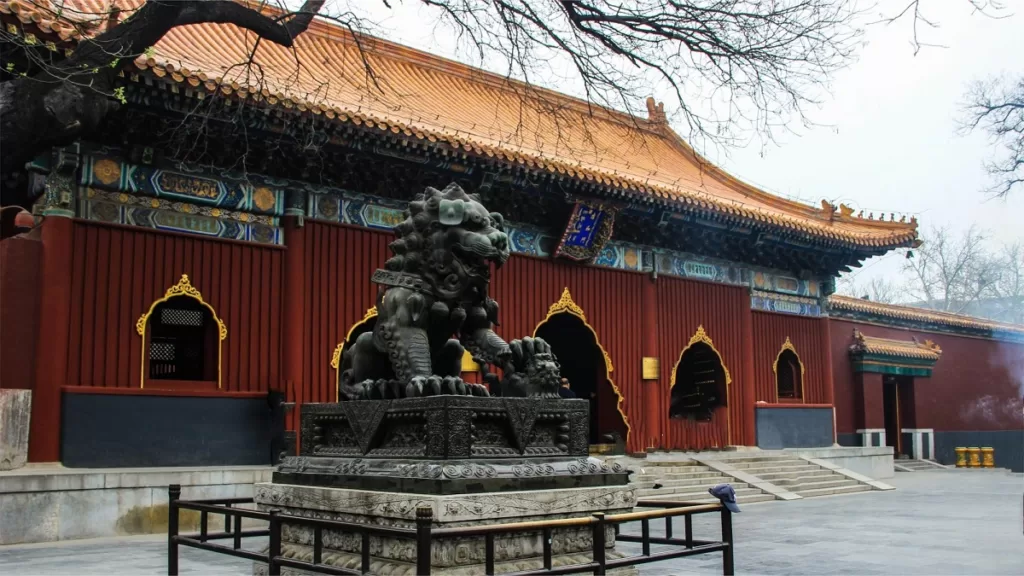
Shaolin temple and Yonghe Lama Temple – Similarities and Differences
Attractions near Yonghe Temple

Guozijian - la plus haute institution éducative de la Chine ancienne

Temple de Confucius de Pékin - le deuxième plus grand temple confucéen
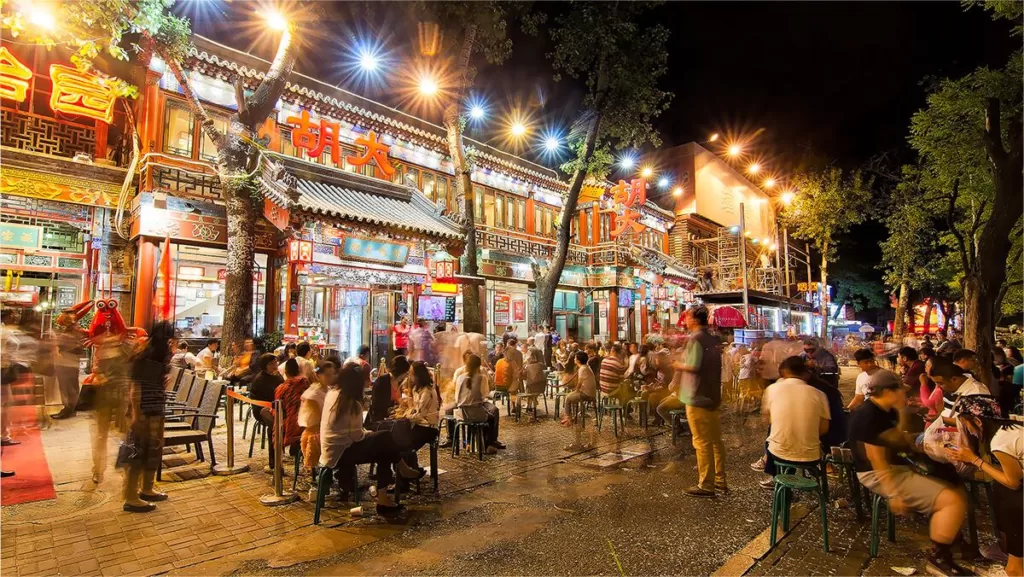
Ghost Street – a captivating culinary destination
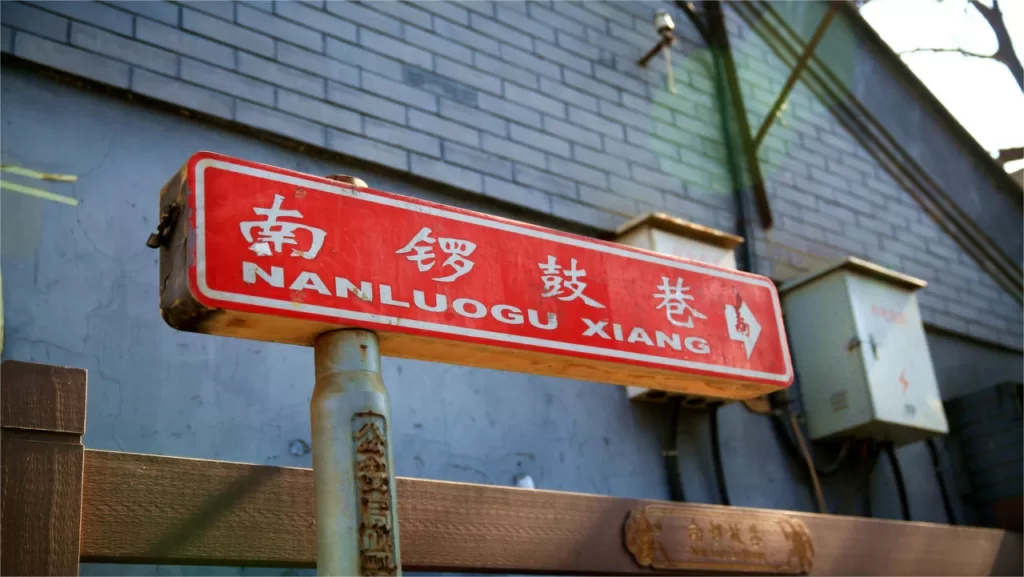
Nanluoguoxiang - une représentation des hutongs de Pékin
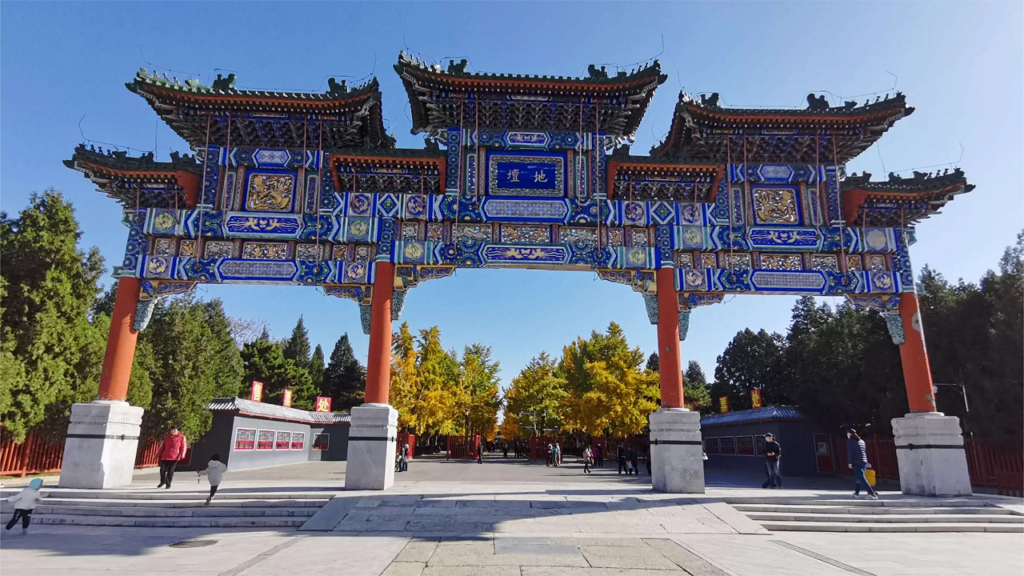
Temple de la terre - sacrifice au dieu de la terre de l'agriculture
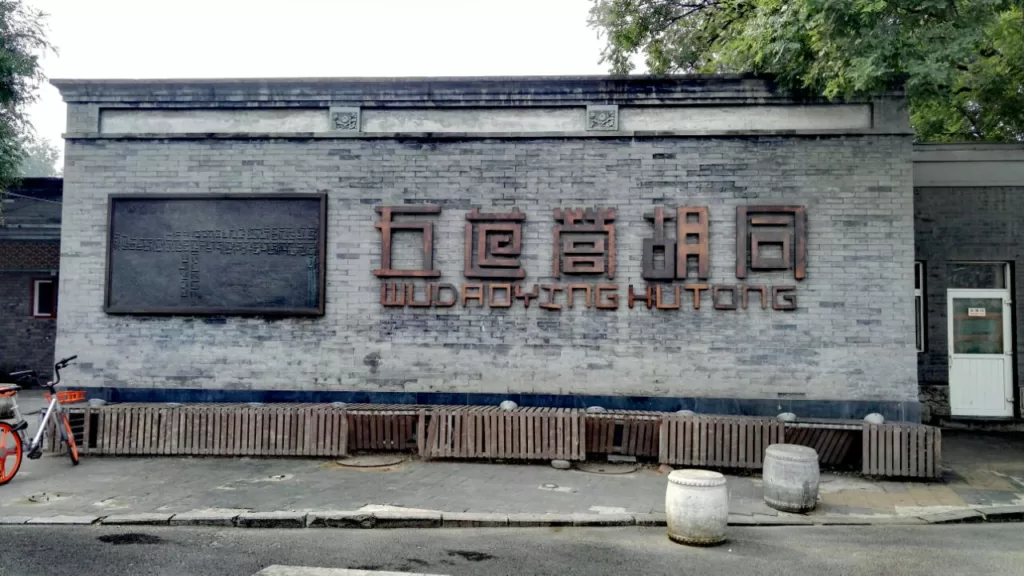
Wudaoying Hutong - une charmante ruelle
Other Temples in Beijing

Hongluo Temple – a temple blessed with breathtaking natural surroundings

Wofo Temple – a temple with a statue of a reclining Buddha

Dongyue Taoist Temple – the headquarter of Beijing Taoist Association
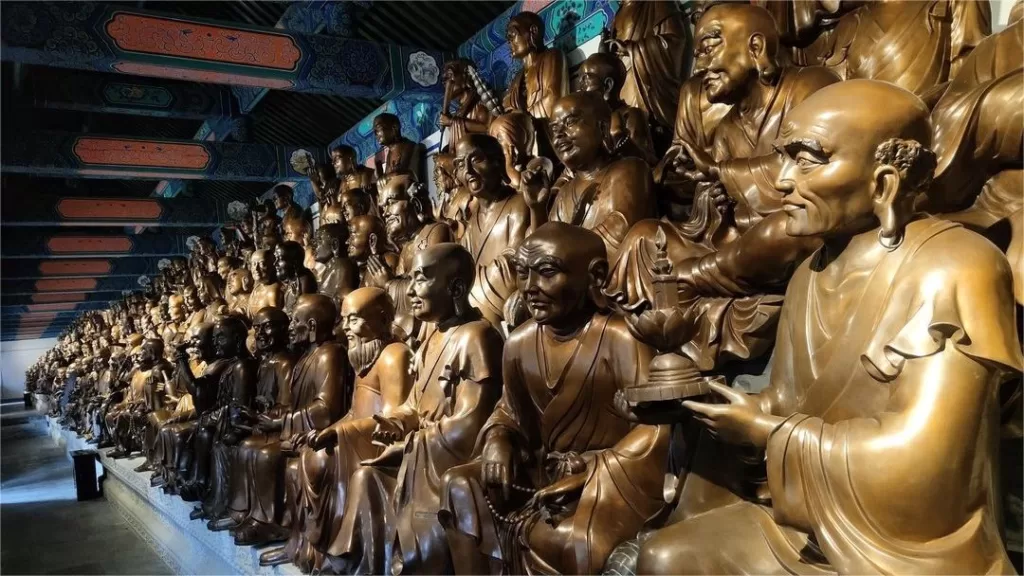
Jietai Temple – a temple situated at the foot of Jietai Mountain
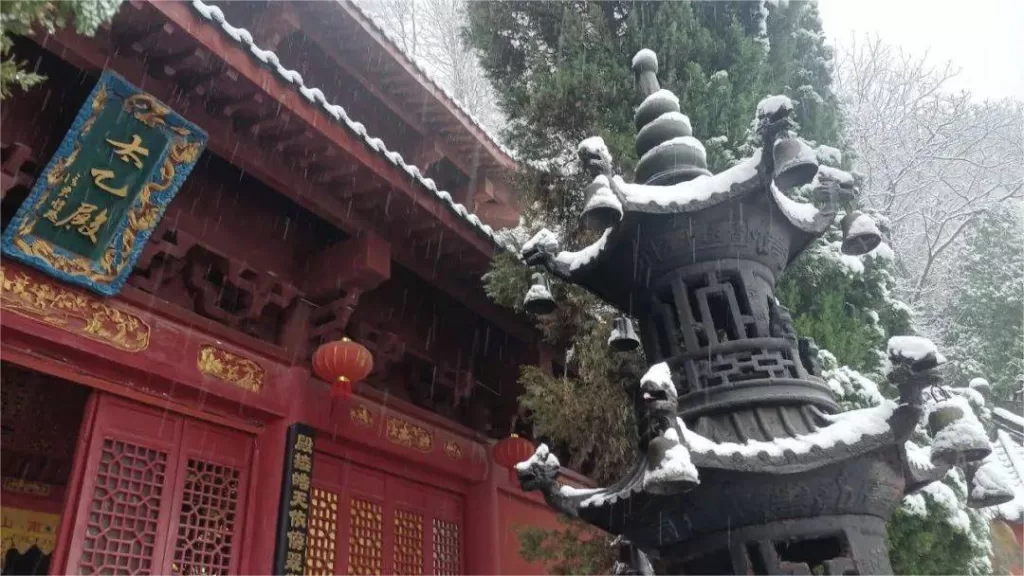
Temple du Nuage Blanc - un temple taoïste de la dynastie Tang
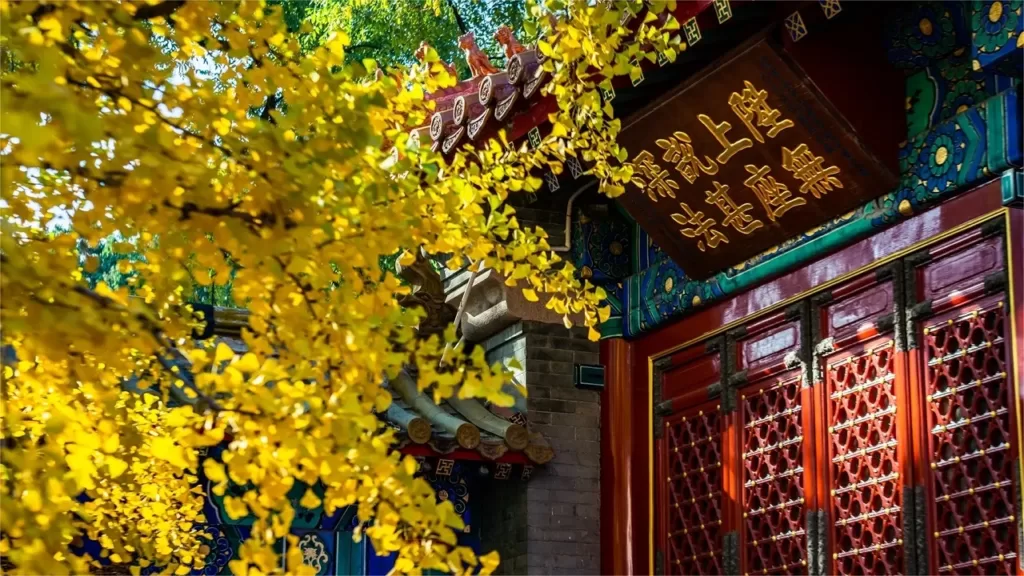
Badachu park – a cluster of eight temples